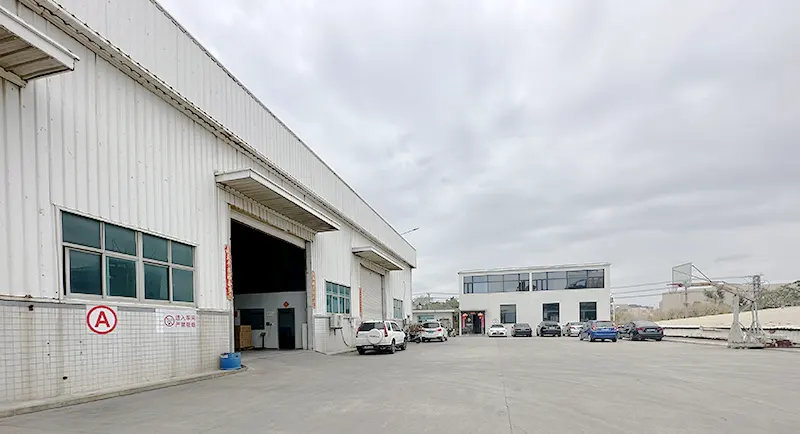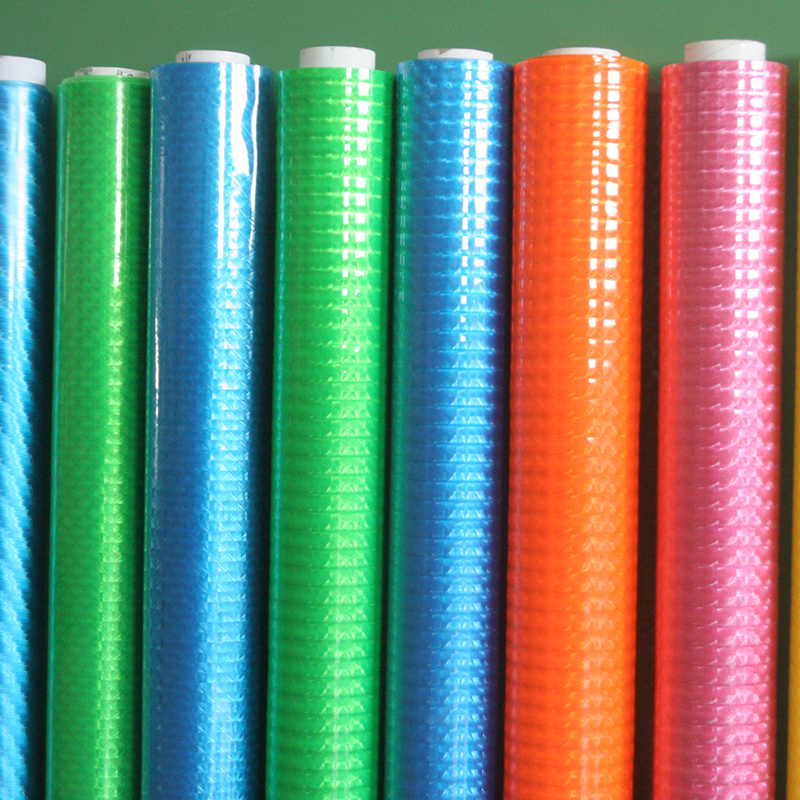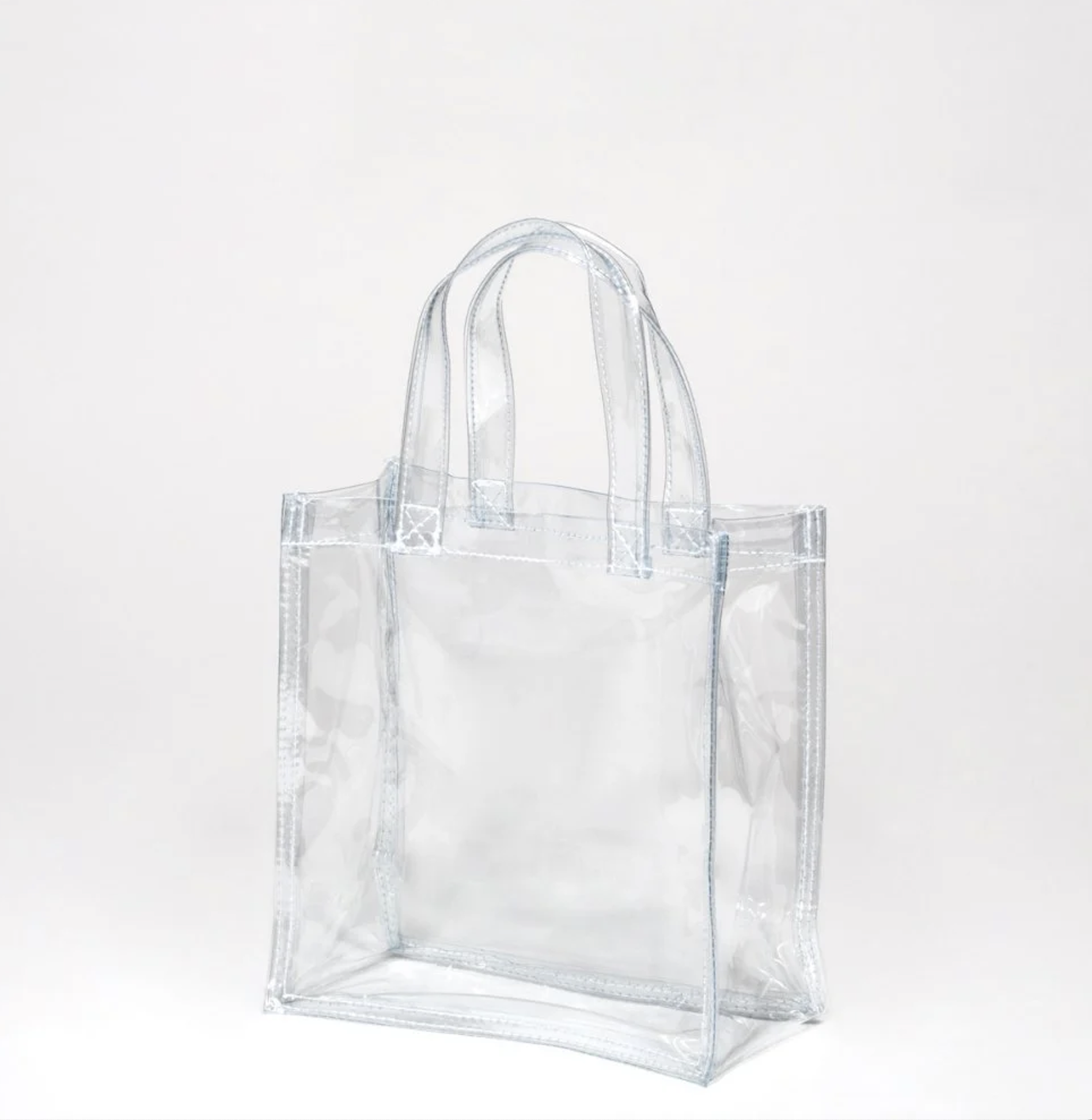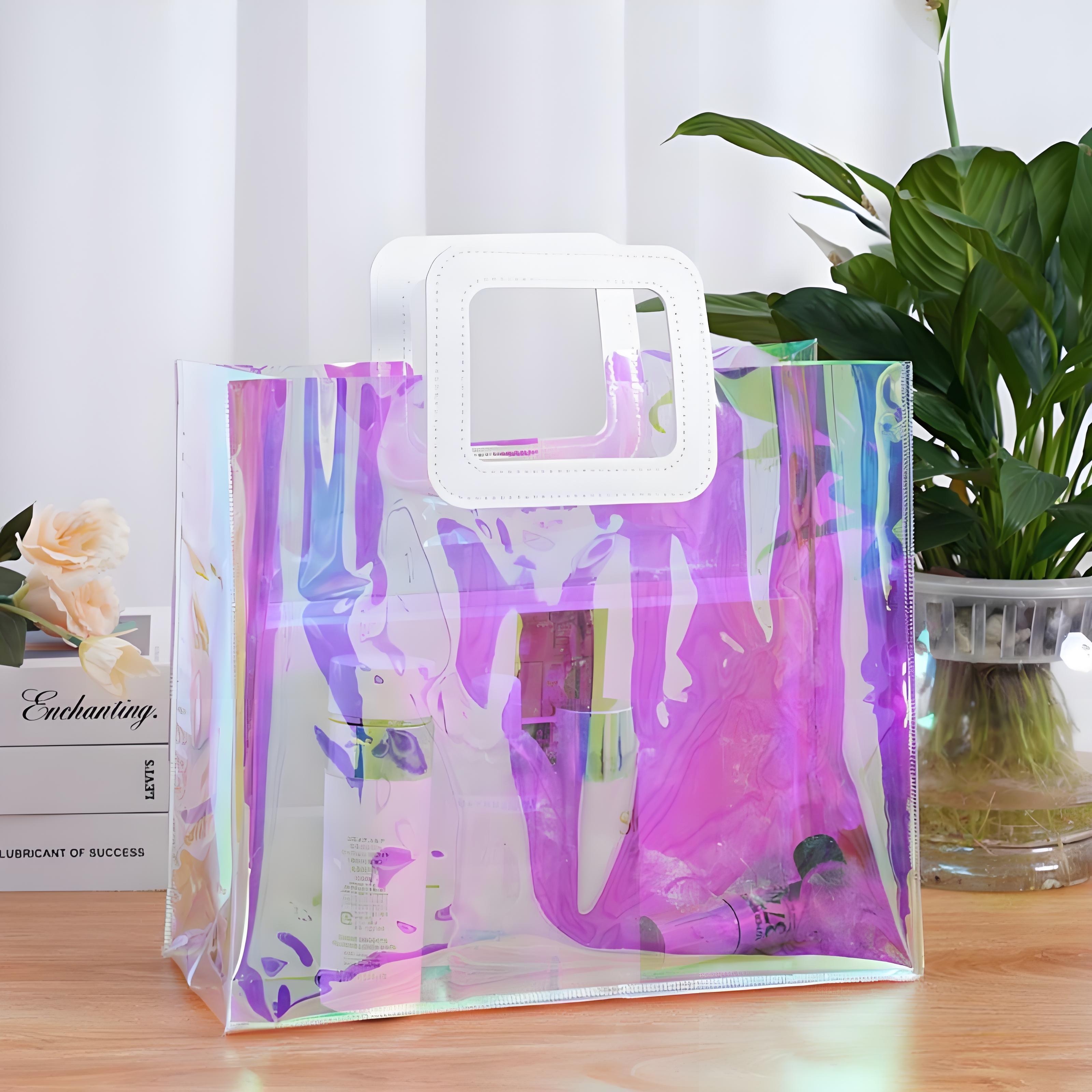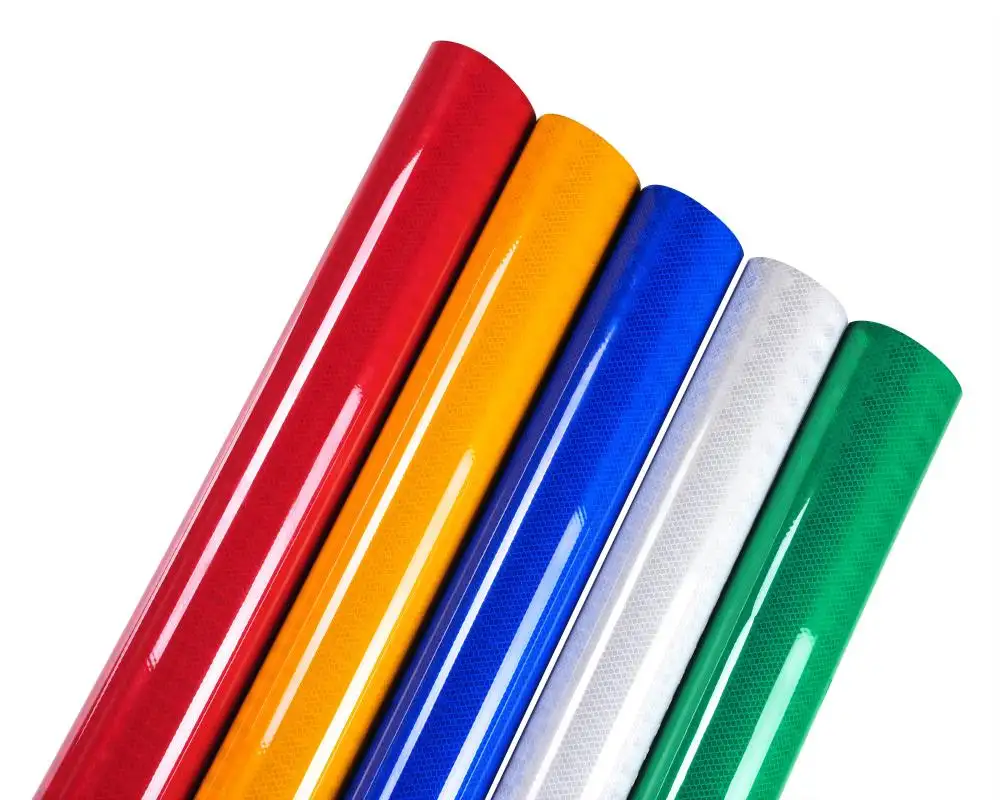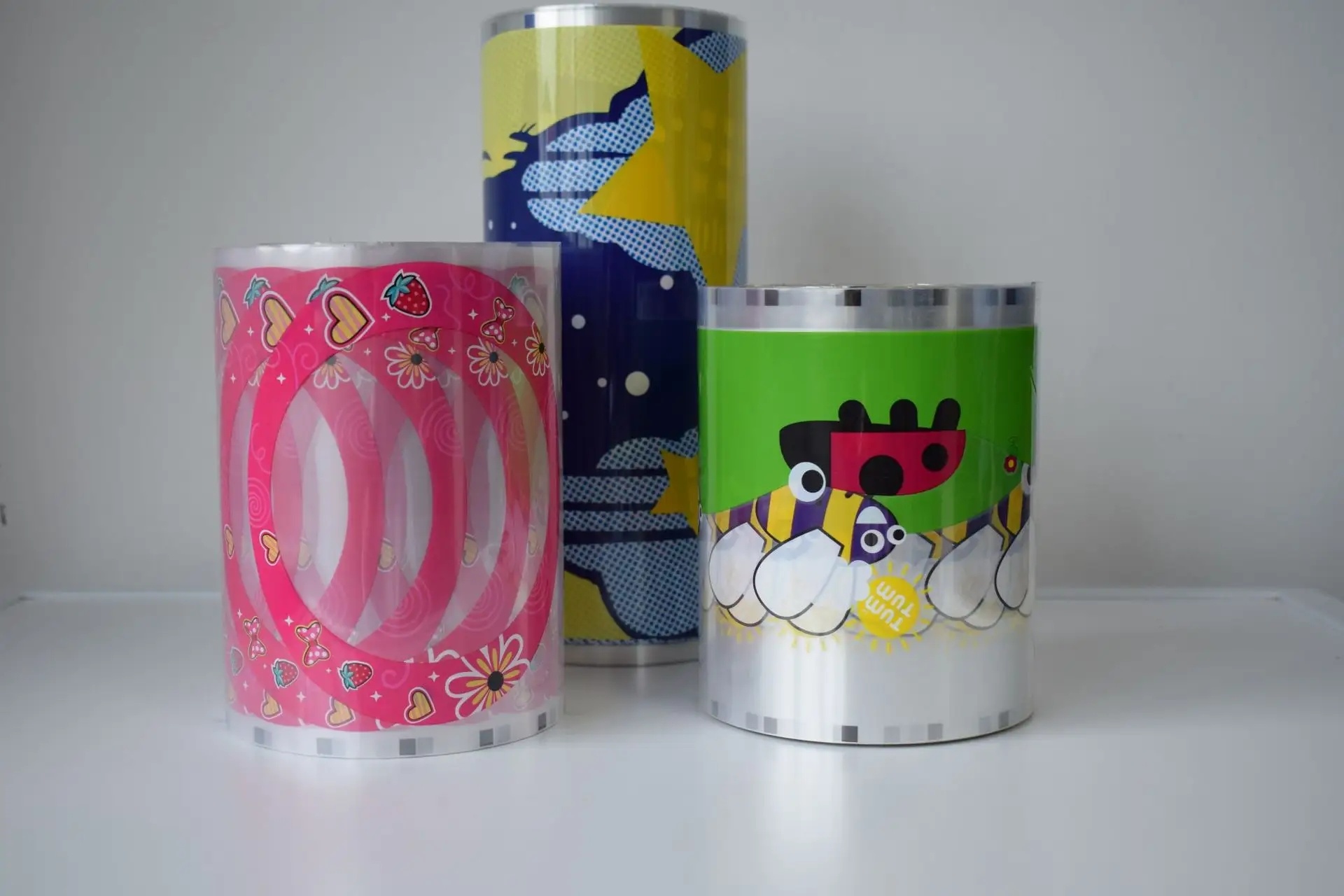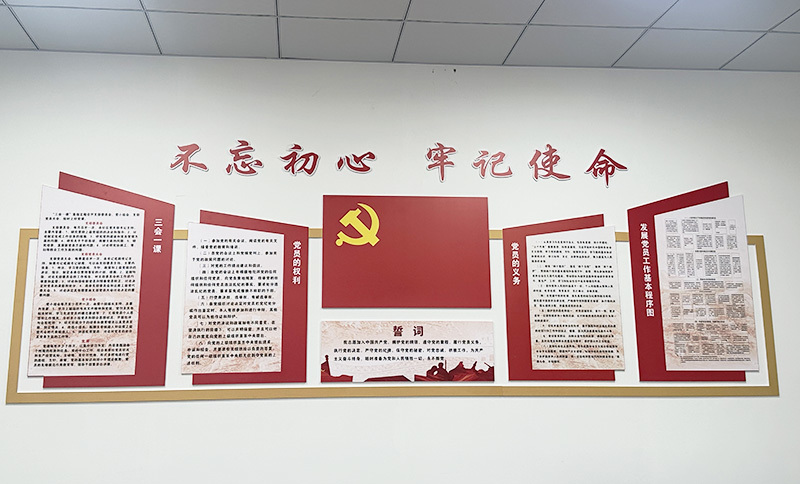How to choose a variety of plastic packaging film
Release time:
2024-04-11
Author:
Source:
There are many varieties of practical packaging plastic film, many of the use of plastic film, there is often mutual penetration, mutual substitution, but the characteristics of a variety of plastic film itself is not to be ignored.
There are many varieties of practical packaging plastic film, many of the use of plastic film, there is often mutual penetration, mutual substitution, but the characteristics of a variety of plastic film itself is not to be ignored. Therefore, the correct selection and application of good plastic packaging film is not easy. This requires people in the packaging materials industry to understand some of the corresponding and basic functions of plastic packaging films, mainly for the protection of goods, promotional functions, adaptability to packaging machinery, and other special needs for applications. In addition, economic rationality and adaptability to environmental protection must be considered.
The protection function of packaging materials for goods is the most important and basic function. It can be said without exaggeration that if the plastic film has no reliable protection for the packaged goods, it will lose its use value as a packaging material. Plastic film on the protection of goods is multifaceted, different goods, different packaging forms, for plastic packaging film protection function requirements are not the same.
Reliable mechanical protection includes preventing the leakage of goods in the package or the destruction and contamination of goods by foreign substances entering the package. The performance index that directly reflects the mechanical protection function of the plastic film is mainly the mechanical strength of the film, such as tensile strength, tear strength, falling impact strength (falling impact) and puncture strength.
Good welding strength is also a necessary condition for plastic film bags to reliably protect goods. If the weld strength is insufficient, the weld will become the Achilles heel of the plastic film bag, and the plastic bag will lose its protective effect on the product due to the crack of the weld. Ordinary polypropylene biaxially oriented film has good mechanical strength, but due to poor welding performance, biaxially oriented polypropylene monofilm is generally not used for bag making.
The welding performance of plastic film is usually expressed in terms of weld strength, that is, N/15mm. The higher the weld strength, the better the welding performance.
Among other functions for the protection of goods, the other most commonly considered are barrier properties and opacifying properties.
Barrier performance refers to the plastic film to prevent oxygen, carbon dioxide, nitrogen and other gases and aroma, water vapor and other substances through the performance, in the absence of a clear range, generally refers to the oxygen, carbon dioxide and nitrogen and other non-polar gas barrier. For many commodities, especially food products, the barrier properties of plastic packaging films are an important factor in the long-term and effective storage of packaged goods. The packaging of fresh fruits and vegetables requires that the film should have moderate air permeability, properly inhibit breathing and make the packaged goods maintain a certain metabolism without necrosis, so as to extend the shelf life. The most commonly used representation of the barrier properties of plastic films is to measure the amount of a substance per unit area through a certain amount of time under certain temperature and humidity conditions. The barrier property of plastic film to aroma, usually after the scented substance is sealed in a film bag, the time required for aroma to pass through the film bag is measured (the plastic bag is placed in a dryer, opened regularly for inspection, and the time when the fragrance can be initially sensed is the fragrance retention time). The longer the fragrance retention time, the better the barrier property of the film to pass through the fragrance. Shading is also very important for the packaging of some goods. Light, especially ultraviolet light, is an important cause of discoloration, fading and oxidative deterioration of some substances, so it needs to be paid attention. The light shielding property is measured by the light transmission of a given wavelength, and the light transmittance is high and the light shielding property is poor. The effect of plastic film on commodity display is closely related to the light transmittance, haze, gloss, antistatic property and printing property of the film itself, which needs to be paid enough attention.
Light transmittance and haze are important indicators to determine the visibility and clarity of packaged goods, and the relationship between the display effect of goods is particularly large. Light transmittance and haze are expressed in percentage, the greater the value of light transmittance, the better the transparency of the film; and the greater the haze, the greater the turbidity of the object through the film, that is, the worse the clarity.
Gloss represents the ability of the plastic film to reflect light in the light of love, expressed as a percentage of the brightness of the sample in the direction of normal reflection relative to the standard surface. The greater the value of gloss, the better the film surface brightness.
As we all know, the printing pattern on the packaging for the promotion of goods, display effect is also can not be ignored. Roughly speaking, the printing performance of plastic film refers to the poor printing performance of the film, which requires surface pretreatment. Some films have better printing performance, and their surfaces can be directly printed without surface treatment.
The size of the antistatic plastic film directly affects the dust absorption of the plastic film bag. Good antistatic, not easy to dust; poor antistatic, it is easy to dust. Dust cleaning will reduce the transparency, gloss and clarity of the printed pattern of the plastic film bag, so the good antistatic properties of the plastic film are very important for maintaining the good display effect of the packaging bag. When a good display effect is desired, a film having good antistatic properties should be selected.
Antistatic properties of plastic films are expressed in terms of surface resistivity or charging half-life. The lower the surface resistivity and the shorter the charging half-life, the better the antistatic performance of the film.
With the continuous improvement of production level, the application of automatic production line is also increasingly widespread. When using mechanized and high-speed packaging, we must attach great importance to the adaptability of packaging film to packaging machinery. The performance index that affects the adaptability of plastic packaging film to packaging machinery is mainly the smoothness and weldability of the film.
Good slipperiness is conducive to the smooth movement of the film in the packaging machine, to avoid its movement due to excessive resistance and damage. The slipperiness of a film can be described by the magnitude of its coefficient of friction. The smaller the friction coefficient, the better the slippery performance.
The thermal welding performance mentioned here not only refers to the problem that the plastic packaging film can be heat sealed or can achieve sufficiently high welding strength after heat sealing, but also often requires that the plastic packaging film is allowed to have a larger temperature range and a larger heat sealing pressure range during heat sealing. Although some films can be heat sealed, and can get higher welding strength, but the heat sealing conditions are more harsh, can not be well matched with packaging machinery, which should be fully noted.
Refers to the special requirements for packaging films according to the needs of specific commodities, which in essence belong to the category of some special requirements and are introduced separately because of their particularity. Such requirements include the compatibility of the plastic film with the contents, the adaptability of the plastic film to the use environment, dielectric properties, hygiene and restraint, and so on.
It is often necessary to consider whether the plastic packaging film will be corroded, dissolved or swollen by the packaged substance and lose its strength, as well as whether the plastic film will chemically react with the packaged substance, resulting in a decrease in the performance of the product or the destruction of the packaging bag, etc.
It is often necessary to consider the high and low temperature resistance of the film, such as refrigeration, especially the use of plastic packaging film for frozen food, which needs to have good low temperature resistance; the plastic packaging film for cooking food needs to have good high temperature resistance and so on.
Products such as integration are easy to be broken down due to static electricity in packaging, so the plastic film selected for packaging of such goods must have good antistatic properties, and its surface resistivity is generally controlled at about 108 ohms or lower.
When packaging food or pharmaceutical products, the selected plastic packaging film must have good hygiene performance and meet the requirements of relevant national hygiene standards to ensure that the plastic film will not cause pollution to the packaged goods.
When using heat shrink packaging and winding packaging, packaging binding force is very important. Therefore, when choosing this kind of film, the shrinkage rate, shrinkage stress and elastic recovery rate should be paid attention to, and the choice should be made according to the different conditions of the commodity. The binding force is insufficient, and the packaging (especially the collection packaging) is not tight; but if the binding force is too large, it may damage brittle and perishable items.
Under the premise of meeting the above performance requirements, when choosing plastic packaging film, we should try our best to select relatively low-priced varieties to save packaging costs, reduce commodity costs and improve competitiveness. Blindly pursuing the "gentrification" of packaging will obviously increase the production cost of goods, and it is meaningless to improve the packaging effect of goods and must be avoided.
The wide application of plastic packaging materials has made a positive contribution to the improvement of industrial and agricultural production and people's living standards, but it also has a negative impact on the living environment of human beings and has caused a great burden on the environment. Therefore, in the selection of plastic packaging film, in addition to considering the above principles, we should also attach great importance to the adaptability of plastic film to environmental protection.
In the selection of plastic film, we must first grasp the characteristics of the product and its basic requirements for packaging, and at the same time, we should have a clear understanding of the basic properties and main characteristics of plastic packaging film, especially the common plastic packaging film. In this way, the ideal plastic packaging film is selected.
It should be emphasized that we must pay attention to the fact that there are many kinds of goods, and the requirements of different commodity flaps are also various, and some are even completely opposite. Therefore, it is difficult to find a plastic film that is completely suitable for all commodity packaging applications.
Key words:
Next Page
Previous Page:
Next page:
Latest developments



